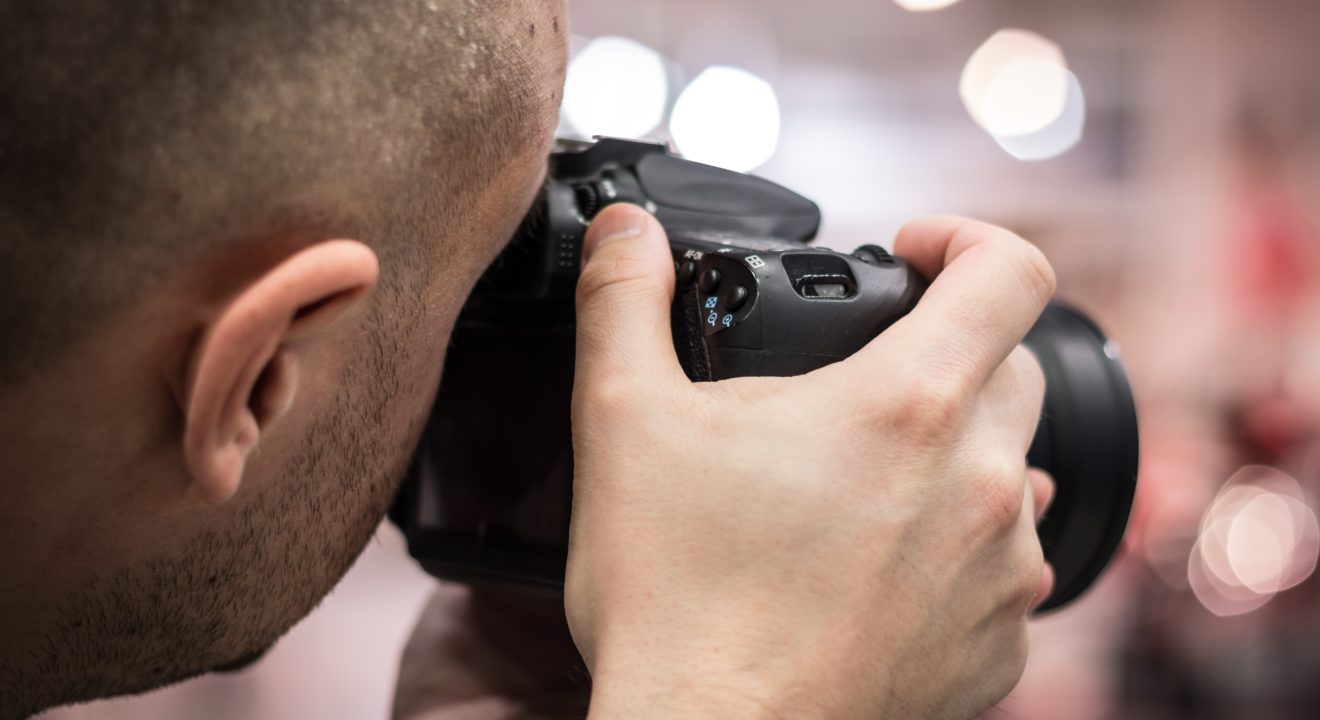Politics March 15, 2017


It’s official: the media’s coverage of women has reached a new low. We’ve witnessed body-shaming. We’ve even read articles that refer to famous, accomplished women as so-and-so’s wives. But sexism in the media reached a breaking point when Human Rights Attorney Amal Clooney delivered an epic speech at the United Nations…and news sites reported on her baby bump instead.
RELATED: Emily Ratajkowski Won’t Stand for Slut-Shaming of Any Woman, Not Even Melania Trump
How do you know that this is the lowest the media can go? Like naughty schoolchildren who haven’t learned to respect their elders, the media has now been given rules on how to properly report on women.
In fact, the Columbia Journalism Review is fighting media sexism by laying out two simple rules for newsrooms:
“If a subject is a model or fashion icon, for instance, it’s fine to report on her, or his, attire,” states the CJR. “In situations when a woman’s external appearance has nothing to do with the activities she’s pursuing, there’s no reason or excuse for commenting on it. Rather, reporters should report on the activities the woman is pursuing.”
(What women actually do? Shocking!)
RELATED: Women Sports Reporters Face Sexism in #MorethanMean Tweets
As CJR points out: “Newsroom policy should also demand that if a media outlet is going to report on the bodies of women, then they should also report on the bodies of men in a similar fashion. That way women won’t be singled out for objectification.”
You wouldn’t think that, in 2017, the media would still need to be told these pointers. However, recent news stories seem to imply that providing unbiased coverage of women isn’t as simple as it seems. How many times did you hear about Hillary Clinton’s pantsuit or makeup during the presidential campaign? And how many times did you read an article that described Donald Trump’s appearance in the same level of detail?
The U.S. isn’t the only country with this problem either; ever since Theresa May became England’s new Prime Minister, her wardrobe has become newsworthy. Like high school boys labeling their female classmates as “hot or not,” the media has even ranked various female leaders by their wardrobe. Maybe it’s just me…but isn’t the fact that these women are helping run countries more important than the trendiness of their power suits?
RELATED: What Would It Take to Increase the Coverage of Women in the Media?
I don’t know if the rules established by the Columbia Journalism Review are the key to fixing the media’s often inherent sexism. However, it’s a problem that can’t be overlooked.
As the CJR argues: “Ignoring the actual work of brilliant women to gawk at their bodies is both sexist and irresponsible. It’s sexist because it reduces women to objects to be viewed while men, of course, don’t get the same treatment. I haven’t seen any reports lately about the stomachs, clothes, or shoes of male human-rights advocates.”
In a lot of ways, I’m ashamed that these rules even need to be made. However, if establishing journalism standards is what it takes for all reporters to adopt what should be human standards – respect, fairness and common decency to everyone, regardless of their gender – then I’m all for it.